After thigh liposuction, it usually takes 7-10 days to walk normally, and the pain will gradually decrease. The specific recovery time varies depending on individual physical condition and postoperative care. During the postoperative recovery process, pain can be relieved and recovery can be promoted through methods such as ice compress, wearing shapewear, and appropriate activities.
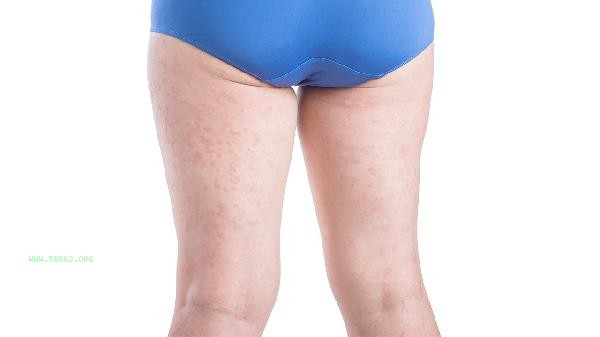
1. Causes of postoperative pain
Thigh liposuction is a traumatic surgery, and postoperative pain mainly comes from trauma and inflammatory reactions in the surgical area. During the process of liposuction, adipose tissue is extracted and surrounding blood vessels and nerves are damaged to a certain extent, resulting in local swelling and pain. In the early postoperative period, the body will activate repair mechanisms, and the inflammatory response intensifies the pain. Postoperative restricted mobility may also lead to muscle stiffness, further exacerbating discomfort.
2. Timeline of postoperative recovery
1-3 days after surgery is the most obvious stage of pain, at which time it is recommended to rest in bed and avoid excessive activity. After 4-7 days of surgery, the pain will gradually decrease, and short-term standing or slow walking can be attempted, but vigorous exercise should be avoided. Most people can resume normal walking 7-10 days after surgery, but it is still important to avoid prolonged standing or excessive fatigue. 2-4 weeks after surgery, swelling and pain have basically disappeared, and mild exercise can gradually be restored.
3. Methods for relieving pain

Ice compress: Within 48 hours after surgery, ice compress every 2-3 hours for 15-20 minutes to help reduce swelling and pain.
Wearing shapewear: After surgery, it is necessary to continue wearing shapewear for 4-6 weeks, which can help reduce swelling, promote skin retraction, provide support, and alleviate pain.
Moderate activity: Mild activities such as short-term standing or slow walking can be performed in the early postoperative period, which can help promote blood circulation and reduce muscle stiffness.
Medication Relief: Follow the doctor's advice to take painkillers or anti-inflammatory drugs to help control pain and inflammatory reactions.
4. Precautions for postoperative care
Keep the wound clean and dry to avoid infection. Avoid taking baths or swimming for 1-2 weeks after surgery to prevent wound infection. Eat more foods rich in protein and vitamins, such as eggs, fish, vegetables, and fruits, to promote wound healing. Avoid high salt, high sugar, and high-fat diets to prevent exacerbating swelling. Avoid vigorous exercise such as running, jumping, etc. within 4 weeks after surgery to avoid affecting recovery. The pain after thigh liposuction is a normal phenomenon. Following the doctor's advice and postoperative care methods can effectively alleviate discomfort and accelerate recovery. The pain will be significantly reduced 7-10 days after surgery, but it is still important to avoid excessive activity and maintain good lifestyle habits to ensure optimal recovery. If the pain continues to worsen or abnormal symptoms appear, seek medical attention promptly.
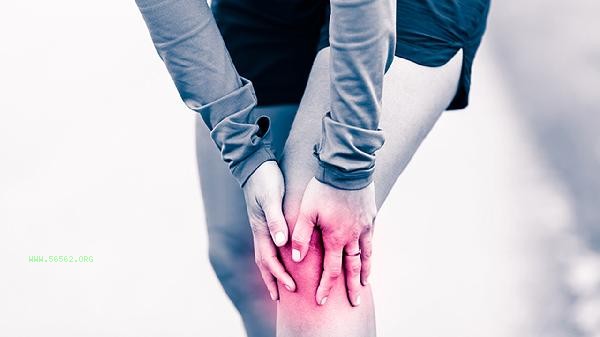

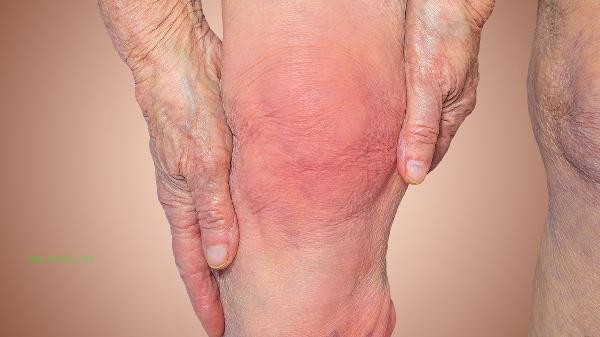
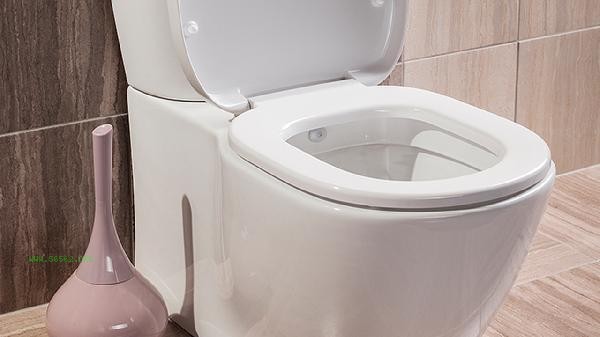
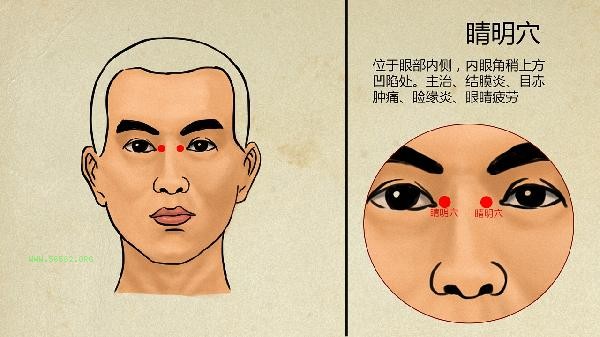
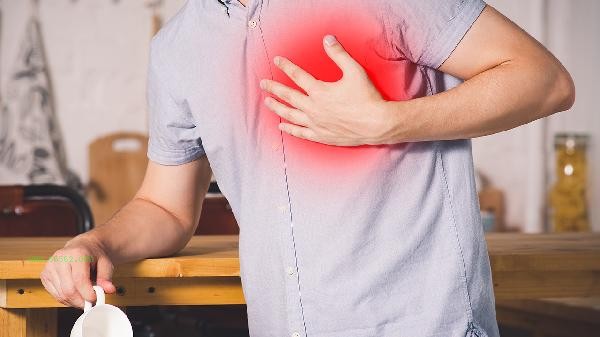
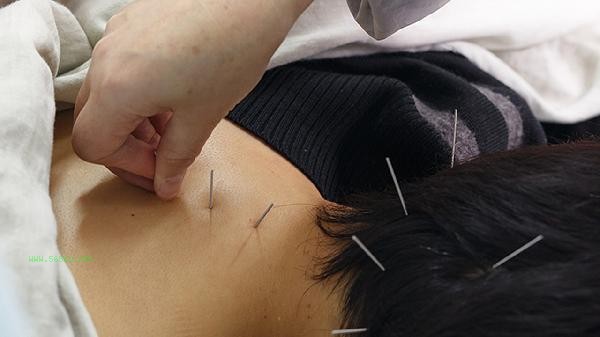


Comments (0)
Leave a Comment
No comments yet
Be the first to share your thoughts!